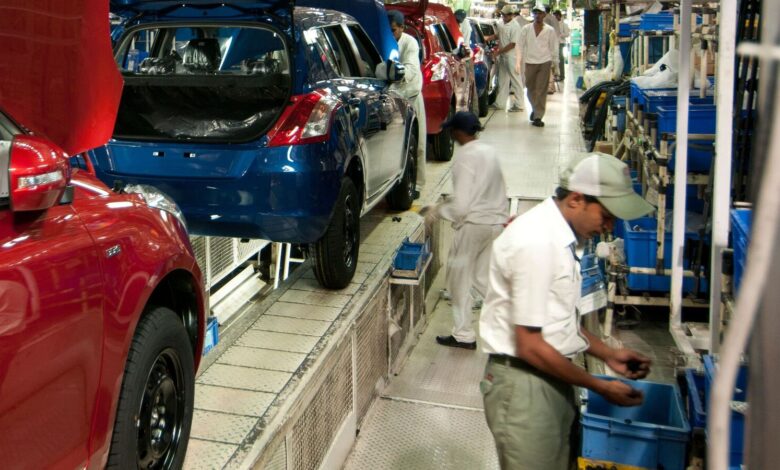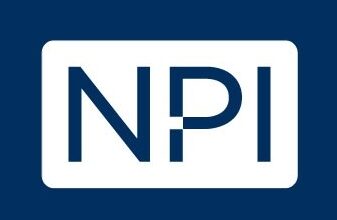Automakers seek extension of investment deadline under PLI scheme

Mumbai: Automakers that are part of the government’s ₹25,938-crore production-linked incentive (PLI) scheme for the sector have sought clarification on whether the investment timeline has been extended in line with the one-year extension of the scheme, according to industry executives.
To align with the extended incentive disbursement period, companies have urged the government to also extend the investment timeline of the scheme by a year.
The five-year PLI scheme for advanced automotive technologies (PLI-AAT), as it is formally known, was extended by a year in late December, after none of the participating companies could avail of benefits in the first year of the scheme ending March 2023 (FY23).
The scheme now effectively runs from FY24 to FY28, with incentives to be disbursed following the conclusion of each financial year.
Original scheme documents required the participating companies to make new investments every year between FY23 and FY27. The minimum investment to be made every year was also outlined in the policy as per the classification of the applicant company.
If companies fail to make the minimum required investment for a given year, they are disqualified from getting any benefits that year.
When the new scheme timeline was announced in December, there was no mention of any changes to the investment timeline, industry executives said. Companies that missed adhering to the original investment timeline and did not make the required investments in FY23 are now concerned if they will get any incentives for the ongoing financial year.
“The government has understood the industry’s need and extended the scheme by one year. But they also should delay the investment fulfilment criteria by one year without impacting the total scheme outlay,” said Sudhir Mehta, chairman, Pinnacle Mobility Solutions (EKA), which is one of the applicant companies under the PLI-AAT scheme.
“Companies pass on the benefits of lower costs to consumers in lieu of the scheme. The incentive amount comes to us later. If we are not sure whether we will get the incentive, how can we take the risk of passing on the benefits to consumers?” Mehta said.
He argued that the design and validation of the thousands of parts needed to develop a new electric vehicle ground-up in India takes time and so does the delivery of specialised plant and machinery required for manufacturing it, underscoring the need for an extension of the investment timeline too.
The heavy industries ministry, which is overseeing the scheme, did not respond to Mint’s request for a comment.
Saurabh Agarwal, partner and auto tax leader at EY, said that while the recent extension of the scheme period by one year has given much-needed relief to the auto industry, “The industry is also expecting a commensurate extension of the investment period timelines as several companies have struggled to meet their investment commitments owing to various technology adoption challenges.”
Around 85 companies have qualified for the PLI-AAT scheme. However, only three companies have been able to get their vehicles certified for the scheme so far. These are Tata Motors, Mahindra and Mahindra and Ola Electric. Several other companies are in the process of getting these certifications, said people in the know. Disbursal of incentives is expected to start next financial year onwards.
The PLI-AAT scheme looks to promote the manufacturing of new technology products in India, especially electric vehicles. The scheme aims to boost the entire value chain including component makers and vehicle manufacturers.
Here’s your comprehensive 3-minute summary of all the things Finance Minister Nirmala Sitharaman said in her Budget speech: Click to download!




